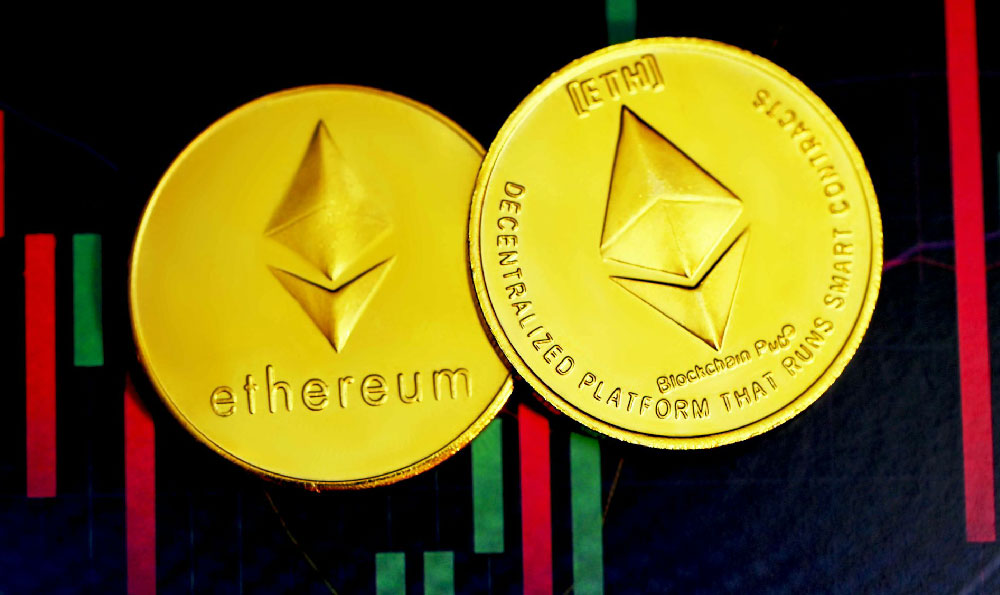
Okay, I'm ready. Here's the article based on the title "How to Monetize an App: What Are the Best Strategies?"
Monetizing a mobile app is a critical step in turning a promising idea into a sustainable business. The app market is saturated, and simply having a great app isn't enough. Developers must strategically plan how to generate revenue while ensuring a positive user experience. Choosing the right monetization strategy is paramount to the long-term success of the app. Several options exist, each with its own advantages and disadvantages. The ideal choice depends on factors such as the app's purpose, target audience, features, and the overall competitive landscape.
One of the most prevalent monetization methods is in-app advertising. This involves integrating advertisements within the app's interface, generating revenue based on impressions, clicks, or conversions. Several ad formats are available, including banner ads (displayed at the top or bottom of the screen), interstitial ads (full-screen ads that appear at natural transition points), rewarded video ads (users watch a video in exchange for in-app rewards), and native advertising (ads designed to seamlessly blend into the app's content and design). Advertising can be a relatively easy way to generate revenue, especially for free apps with a large user base. However, developers must be cautious to avoid intrusive or excessive advertising, which can negatively impact the user experience and lead to app uninstalls. The placement, frequency, and relevance of ads significantly influence their effectiveness and the users' overall satisfaction. Implementing ad mediation platforms can help optimize ad revenue by connecting to multiple ad networks and dynamically selecting the highest-paying ads.

Another popular approach is the freemium model. In this model, the app is offered for free with basic functionalities, while users can unlock premium features or content through in-app purchases. This could include removing ads, accessing advanced features, or obtaining virtual items. The freemium model allows developers to attract a large user base initially and then convert a percentage of users into paying customers. The key to success with this model is to strike a balance between offering enough value in the free version to attract users and providing compelling incentives to upgrade to the premium version. This requires careful analysis of user behavior and preferences, as well as continuous experimentation with pricing and features. A well-executed freemium model can generate significant revenue while maintaining a positive user experience.
Subscription models represent another effective way to monetize apps, particularly those offering ongoing value or services. Users pay a recurring fee (monthly, annually, or other intervals) to access the app's full functionality or specific content. This model is commonly used in streaming services, news apps, productivity tools, and fitness apps. The subscription model provides a predictable revenue stream, which can be beneficial for long-term planning and investment. To succeed with this model, developers must continuously provide value to subscribers and ensure a compelling reason for them to continue paying the subscription fee. This involves regularly updating the app with new features, content, or improvements, as well as providing excellent customer support. Offering tiered subscription plans with varying levels of features and pricing can cater to different user needs and budgets.
In-app purchases, distinct from the freemium model upgrades, allow users to buy virtual goods, currency, or power-ups within the app. This is particularly common in gaming apps, where players can purchase items to enhance their gameplay experience. In-app purchases can be a lucrative monetization strategy, especially for apps that are highly engaging and encourage repeat purchases. However, it's crucial to avoid exploitative practices, such as pay-to-win mechanics that unfairly advantage paying users over free users. Transparency and fair pricing are essential to maintain a positive user experience and avoid negative reviews. Games should be balanced to allow free-to-play users to progress and enjoy the game without feeling compelled to make purchases.
Beyond these core strategies, developers can also explore alternative monetization options. One such option is affiliate marketing, where developers partner with other businesses to promote their products or services within the app, earning a commission for each successful referral or sale. This can be a viable option for apps that cater to a specific niche or have a highly engaged user base. Another option is selling merchandise related to the app, such as t-shirts, mugs, or other branded items. This can be a way to generate additional revenue and build brand loyalty. Data monetization, although controversial, involves collecting and selling anonymized user data to third parties. However, this practice raises significant privacy concerns and requires careful consideration of ethical and legal implications. Transparency with users is crucial if this approach is taken, obtaining informed consent and complying with privacy regulations.
Choosing the right monetization strategy requires a thorough understanding of the app's target audience, its unique features, and the competitive landscape. It's important to experiment with different monetization methods and track their performance closely. A/B testing can be used to compare the effectiveness of different ad formats, pricing strategies, or in-app purchase options. User feedback should be actively solicited and incorporated into the monetization strategy. It is often best to combine different monetization methods to optimize revenue generation while minimizing the impact on user experience. For example, an app might use a combination of in-app advertising and in-app purchases. Ultimately, the best monetization strategy is one that aligns with the app's goals, provides value to users, and ensures a sustainable revenue stream. Careful planning, continuous optimization, and a focus on user experience are crucial for successful app monetization. Building a thriving app business depends on finding the right balance between generating revenue and delivering a satisfying user experience.





